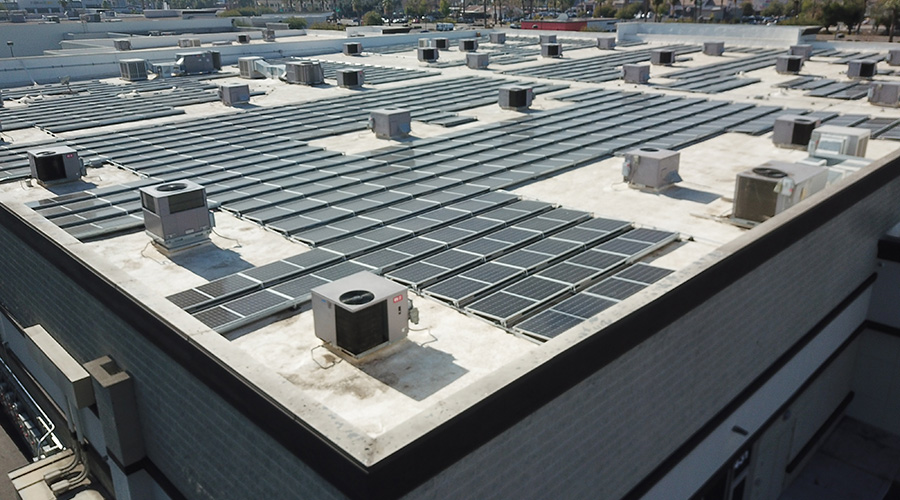Greening the Grounds
Creating environmentally friendly departments requires that managers take a hard look at daily activities
Thanks to product advances, today’s grounds care managers have more opportunities than ever to save energy, decrease water use and maximize resources, while creating eco-friendly and aesthically pleasing environments. Achieving these goals, however, will require that managers should look at both the products and practices their grounds care department use.
“We make sure all of the things we’re doing contribute to a healthy turf,” says Kevin O’Donnell, who serves as superintendent of grounds for Villanova (Penn.) University.
Chemical Considerations
Achieving healthy soil often means reducing the amount of chemical applications.
“It would be easy to put down chemicals that kill weeds, but what I’m trying to do is build soil that is conducive to growing the grass and plants I want to grow,” says Jeffrey Weiser, grounds manager for Gallaudet University in Washington, D.C.
Adds O’Donnell, “The chemical will kill the weed, but it won’t really solve the problem.” A better strategy might be to look at factors associated with a particular weed, such as compacted soil, and solve that problem.
By understanding and addressing the source of a problem, departments can better control turf and ornamental pests and diseases without using chemicals, says Thomas Knowles, assistant director of facility service for the University of South Carolina in Columbia, S.C. The university participates in the U.S. Environmental Protection Agency’s GreenScapes program.
If mold or fungal disease affects a tree or shrub bed, Knowles recommends pruning and thinning out the plant’s branches before resorting to a chemical application. The extra air movement into the plant created by the pruning often clears up the problem, he says.
Managers also should look at their use of fertilizers, says Weiser, who uses only fertilizers listed by the Organic Materials Review Institute for his campus’ 99 acres. While many traditional fertilizers require restricted access to an area after application, organic fertilizers allow individuals to use the area immediately after application.
But organic fertilizers are only more preferable than traditional counterparts if workers apply them correctly.
“Anything applied incorrectly is pollution,” Weiser says. “You could have the safest, most wonderful organic fertilizer, but if the applicator gets too close to the road and it runs down the storm drain and gets into the water shed, it is pollution.”
Water Awareness
Some organizations have taken major steps to curtail water use in response to shortages and rising prices. Landscaped areas have come under particular scrutiny in the search for savings on water use.
Water-conservation efforts might include shutting down irrigation systems during months with more rainfall, incorporating drip irrigation and pressure reducers on systems to lower water volume, and adding composted materials to soil to retain moisture. Some managers have installed irrigation systems that monitor rainfall.
“All of our irrigation is tied to a weather station,” Weiser says. The system adjusts the run times daily based on the amount of rain that has fallen. Another strategy is dividing landscaped areas into irrigation zones.
“We’re able to manage our water use better by having multiple zones,” says Joe Jackson, assistant director of facilities management with Duke University in Durham, N.C. For example, if flowers on campus require more water than turf and trees, the zone for the flowerbeds will receive more water than the other zones.
Managers also should monitor water leaving the grounds. Runoff can cause problems downstream, such as chemical pollution, and negatively impact the surrounding community.
“We are doing something unique with our storm water runoff,” O’Donnell says. “We created a wetlands area for filtering the runoff of some of our bigger parking lots. We redesigned the catch basin to provide for bioremediation. We planted wetland plants that are known for filtering out contaminants, such as silt, organic materials, herbicides, pesticides and fertilizers. Instead of going into this basin and into the creek, the water goes into the basin and zigs and zags through the wetlands. Then we have an area where the silt is allowed to settle out.”
Related Topics:











